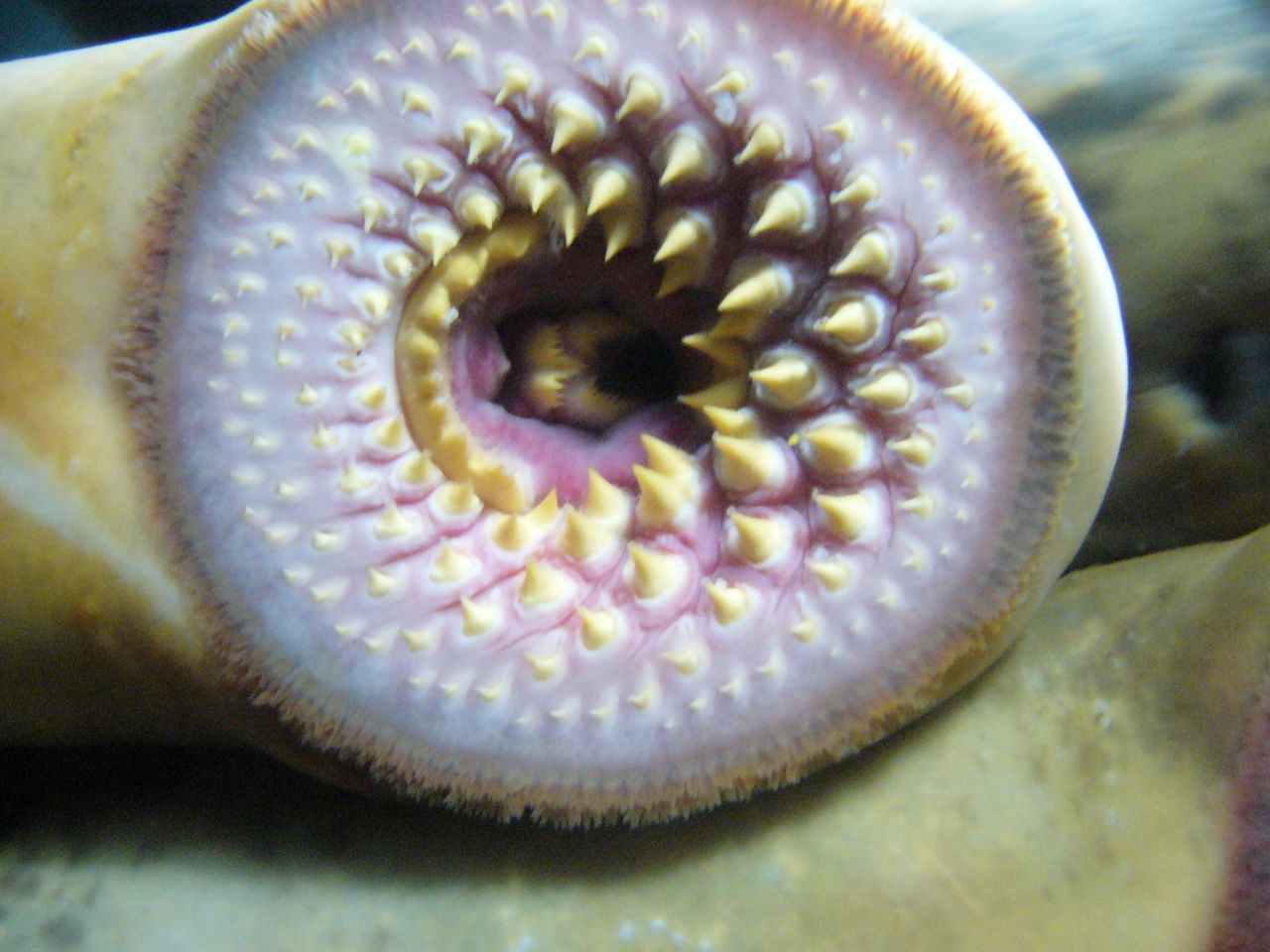Follow us on Google News (click on ☆)

Mouth of a lamprey - Image Wikimedia
Lampreys belong to a lineage of vertebrates called Agnatha, or jawless fish, which dates back about 360 million years. These "living fossils" provide a window into the evolution of some of our distant ancestors. Until recently, the scientific community believed that lampreys lacked jaws due to the absence of a structure called the neural crest, a group of stem cells unique to vertebrates.
A new study published in the journal Nature reveals that lampreys have sympathetic nerve cells. This sympathetic nervous system is crucial for our automatic fight or flight response, triggered in situations of danger or stress.
The research did not initially aim to discover sympathetic nerve cells. It began as a quest to find precursor cells, similar to the complex neural crest of jawed vertebrates. The team thought these cells might be found in lampreys as they are the closest living relatives of ancient jawless vertebrates, which appeared about 500 million years ago.
By examining lamprey larvae, the researchers observed structures resembling neurons forming a chain along their bodies. This chain of nerve cells is characteristic of the sympathetic nervous system. The structures were confirmed as nerves through RNA sequencing, and it was discovered that these cells produce a precursor enzyme of norepinephrine, a key chemical messenger in managing the fight or flight response.
This discovery places the evolutionary origin of this system about 50 million years earlier than scientists previously thought. Researchers previously believed that lampreys responded to danger only through pheromones released by other lampreys.
This work highlights the importance of studying less conventional organisms. As explained by Marianne Bronner, a developmental biologist at Caltech and co-author of the study, working on these strange creatures can be very enlightening, despite their "nightmare fuel" appearance.